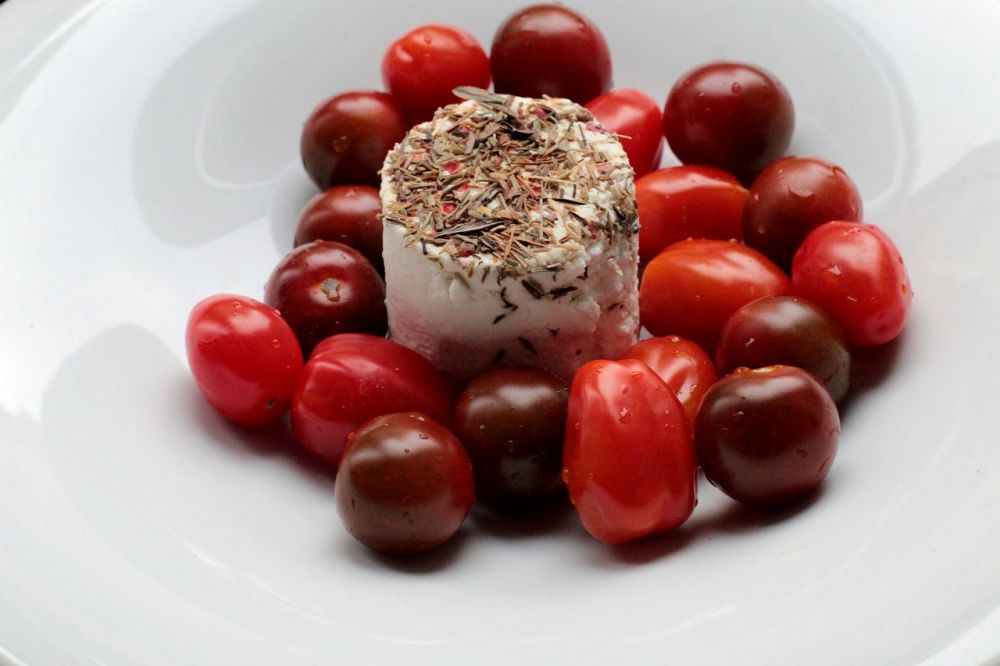Salami Chips: A Delectable and Crunchy Snack for Food Enthusiasts

Introduction
Salami chips have become a popular and satisfying snack option for food enthusiasts. These savory delights provide a delightful crunch and burst of flavors that make them a perfect choice for any occasion. In this article, we will delve into the world of salami chips, exploring what they are, the different types available, popular varieties, and their unique characteristics that set them apart from other snacks.
An In-depth Presentation of Salami Chips

Salami chips are thin slices of cured and dried salami that are baked or fried until they transform into crispy and crunchy indulgence. These delectable treats come in various flavors, textures, and sizes, making them suitable for different palates and preferences. Some popular types of salami chips include:
1. Traditional Salami Chips: These are made from classic dried salami that has been sliced thin and baked to achieve the perfect crunch. They offer a traditional flavor profile and are ideal for those who appreciate the authentic taste of salami.
2. Spicy Salami Chips: For those who crave a kick of heat, spicy salami chips are the way to go. These chips are seasoned with a blend of fiery spices, adding a tantalizing punch to every bite. They are a favorite among spice lovers and can be a great addition to your next game night or party.
3. Gourmet Salami Chips: Crafted with premium quality salami and infused with unique flavors like truffle, smoked paprika, or herbs, gourmet salami chips take this snack to a whole new level. With their sophisticated taste and elegant presentation, they are perfect for any upscale gathering or as an indulgent treat for yourself.
Quantitative Measurements about Salami Chips
When it comes to salami chips, it’s not just about taste and flavors; texture plays a crucial role in creating the perfect chip. The thickness of the slice, the duration and temperature of the baking or frying process, and the ingredients used for seasoning can all affect the final product. Here are some quantitative measurements to consider:
1. Thickness: Salami chips can range from being paper-thin to slightly thicker slices. The thickness can impact the crunchiness and overall eating experience of the chips.
2. Cooking Time and Temperature: Baking or frying salami chips requires precise measurements. Different cooking times and temperatures can result in varying degrees of crispness, from lightly crispy to fully crunchy.
3. Seasoning Ratio: The amount of seasoning used on the chips can greatly influence their flavor. Whether it’s a subtle dusting or a generous coating, finding the perfect balance is essential to achieve the desired taste.
Discussion on the Distinctions Between Different Salami Chips
While all salami chips share a common foundation, there are distinct differences that set them apart from one another. These differences can range from the flavor profiles to the ingredients used in their creation. Some factors that contribute to the variations in salami chips include:
1. Salami Type: Different types of salami, such as traditional Italian or Hungarian salami, can result in varying tastes and textures.
2. Seasoning and Spices: The herbs, spices, and seasonings used to flavor the chips can have a significant impact on their overall taste. From mild and aromatic to bold and pungent, the choice of seasoning can cater to a wide range of preferences.
3. Curing and Aging Techniques: The curing and aging processes applied to the salami can affect the final texture and depth of flavor in the chips. Longer curing periods can intensify the taste, while specific aging techniques can impart unique characteristics.
A Historical Overview of the Pros and Cons of Different Salami Chips
Throughout history, salami chips have undergone various transformations, each with its own advantages and disadvantages. Understanding the historical context of salami chips can provide insights into their evolution and appeal. Here’s a brief exploration of the pros and cons associated with different types of salami chips:
1. Traditional Salami Chips: Pros – Authentic flavor, widely available. Cons – Can be high in fat and sodium content.
2. Spicy Salami Chips: Pros – Exciting and bold flavors, adds a kick to snacking experiences. Cons – May be too spicy for some, limited flavor options.
3. Gourmet Salami Chips: Pros – Unique and sophisticated flavors, premium quality ingredients. Cons – Can be harder to find and more expensive.
Conclusion
Salami chips have undoubtedly become a beloved choice among food enthusiasts due to their crispy texture and diverse range of flavors. Whether you prefer the simplicity of traditional chips, the fiery excitement of spicy ones, or the gourmet experience of exotic blends, salami chips offer something for every palate. By understanding the variations, flavor profiles, and historical context, you can truly appreciate the craftsmanship and deliciousness that salami chips bring to the table.
So grab a bag of your favorite salami chips, sit back, and enjoy the satisfyingly crispy and flavorful journey that awaits you. Happy snacking, fellow food enthusiasts!











